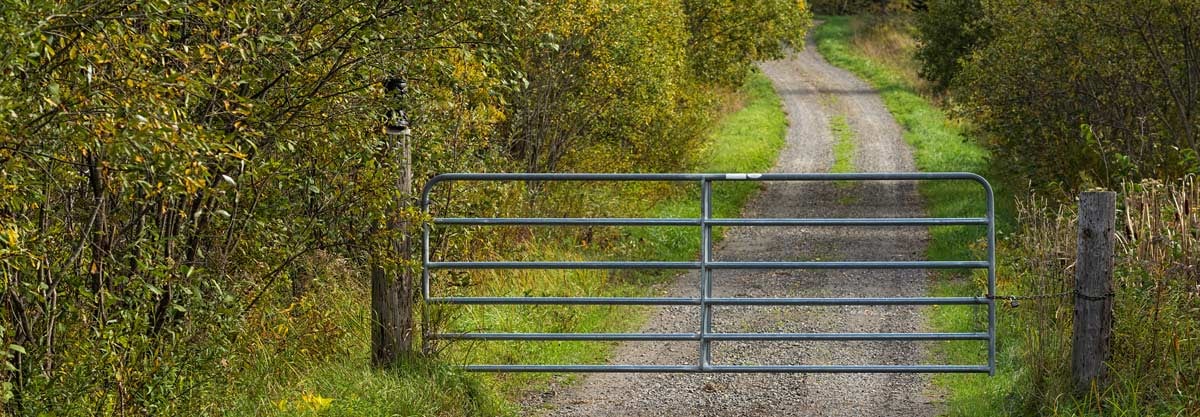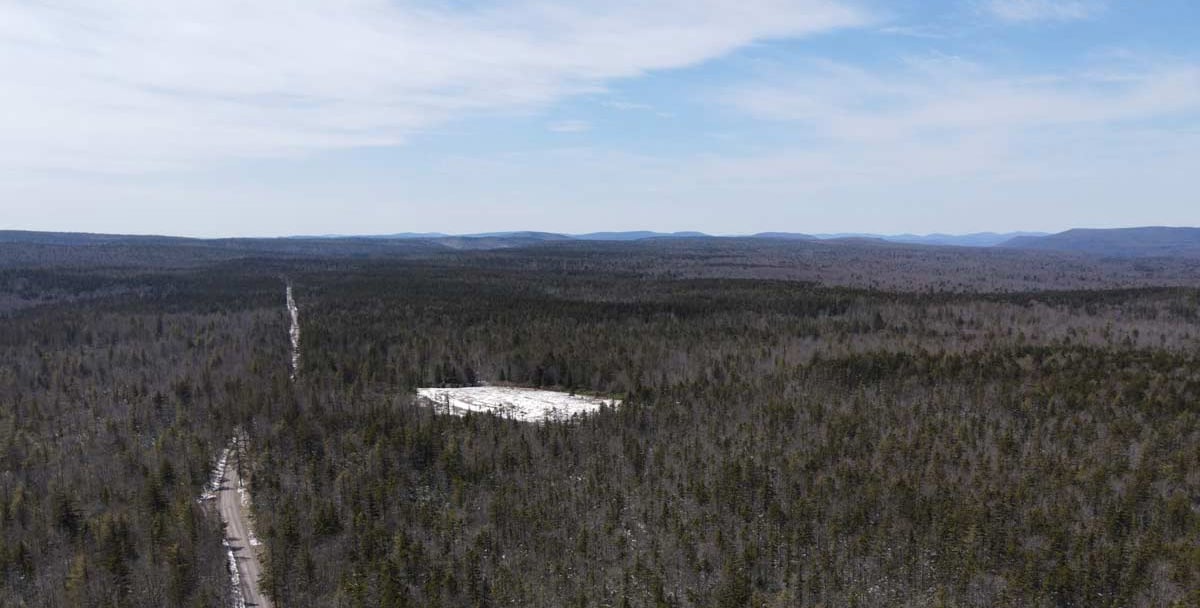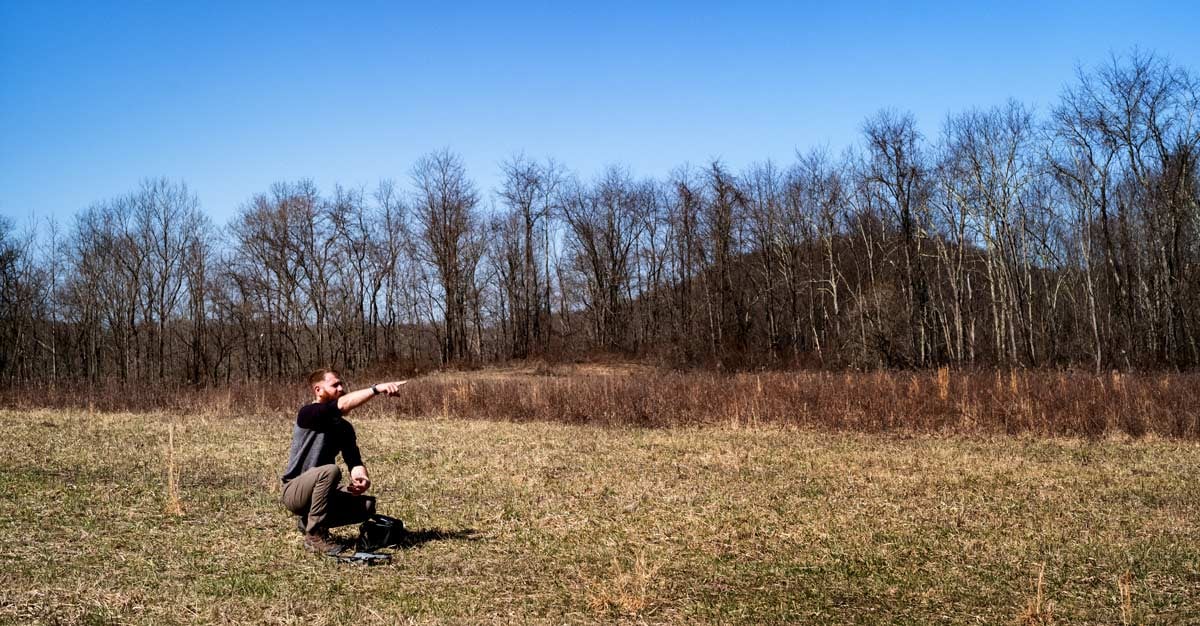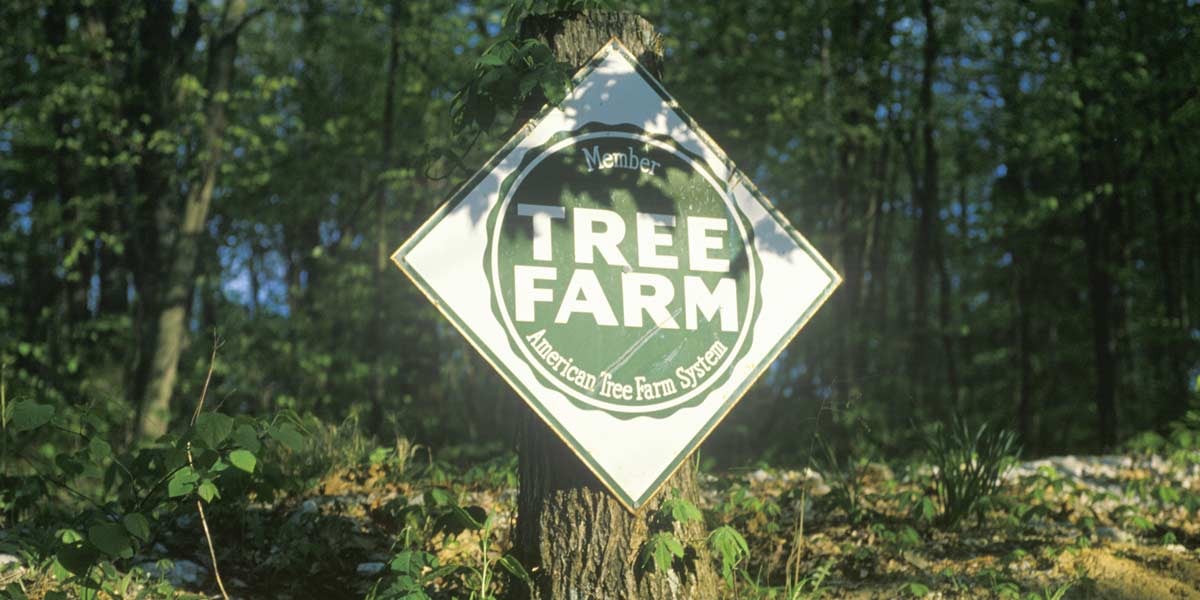Purchasing a woodland property is a big step, whether you’re a first-time buyer or a seasoned landowner looking to expand your current holdings. To ensure you’re buying a property that’s a good fit for you, ask yourself these questions before you sign the sales contract.
1. What are my longterm goals for the land?
People buy woodlands for a variety of reasons: recreation, long-term investment, timber income, and a desire to protect the natural environment. As you’re looking at properties, think about your motivations and what you expect to gain from your purchase.
Are you hoping that your woodlands will serve as a place where your family can regularly meet and enjoy the outdoors? Your primary considerations may be the distance that everyone will have to travel to get to the spot and the improvements like a cabin or access road that have been made on the property.
Do you want to generate income from the timber on the land, or to hold it as a long-term investment? Your concerns may be more centered on the type and the age of trees already on the property, the ability to get them to market and the likelihood that the property will grow in value over time.
It’s easy to fall in love with a beautiful piece of property, but you’ll enjoy it more if it fits your long-term needs.

2. What will I owe in property taxes?
Research the laws in your state to understand what your tax liability will be. In some states, you’ll pay property taxes on the value of the land only, and in others, on the value of the land plus the value of the trees.
You may owe federal and state income tax on any profit you make from the property. Familiarize yourself with strategies that can lessen the tax bite, including reforestation tax benefits, deductions for forest management expenses and conservation easements. (Check out our blog on 5 Tips for Tax Savings.)
Consult with your accountant and/or attorney for guidance on taxes in your area before you buy your woodland. The National Timber Tax website provides helpful information as well.
3. What insurance will I have to carry?
The insurance coverages you’ll need will depend your intended use of your property. According to MyLandPlan.org, you might want to purchase protection for:
- General liability insurance
- Comprehensive property or business (safeguards your property and any improvements you’ve made)
- Hunt lease liability (to cover your liability if you allow hunting on your land)
- Timberland and standing timber insurance (protects the value of the trees themselves)
- Consulting foresters liability (if you have forest professionals helping you in forest management)
- Prescribed burn liability (offers protection if your prescribed burn gets out of control and causes damage)
- Guides and outfitters liability (if you host guided activities on your land)
- Logging/farm equipment insurance (covers the costs of repairing or replacing the equipment you use to maintain your property)

4. What will it cost to maintain my property?
Keeping your woodland healthy is a job that’s never done. Your first step should be to create a Forest Stewardship Plan (FSP) to document your goals for your property and gain a better understanding of the work that will be necessary.
Ask neighboring forest owners about what they have done on their woodlands. If they’re not willing to discuss the costs of such work, ask who they might recommend to perform certain jobs so you can get realistic estimates on what you might have to spend.
After You Sign the Contract
5. Get to know your neighbors
Owners of nearby woodlands may have many of the same concerns and challenges that you’ll be addressing on your property. Ask them for recommendations for local resources such as:
- forestry-related groups and associations to get in touch with / follow online
- funding programs that can provide financial assistance for maintenance work
- trusted foresters / contractors who can help you do work on your woodland
You also may want to join forces with them to handle problems like invasive species, which pay no attention to property lines as they making their incursions into wooded areas.
If you live a distance from your woodlands, your forest neighbors may be willing to alert you if they see trespassers and unwanted activities on your land.

6. Connect with a forester
No matter how long you own your land, there’s always more to learn about managing the trees, plants and wildlife that make up its ecosystem. Foresters, who are trained in the sustainable management of forests, can help you protect and improve your property.
Service foresters usually work for state agencies and have developed expertise in specific geographic regions. They can provide information about the woodlands in your area, and direct you to financial resources for land management. In some states, service foresters may visit your property and make general recommendations about how you should care for it.
Extension foresters work for local colleges and universities. They provide general advice about forestry issues, but do not usually provide individual or consulting services for specific properties.
Consulting foresters are independent professionals who work with landowners on specific plans – immediate and/or long-term – for their woodlands. They will provide, for a fee, a more in-depth analysis of your property and recommend specific steps you should take to achieve your goals for the land.
Timber and forest product companies used to employ industry foresters to provide guidance to landowners from whom they purchase raw materials. Although their number has declined dramatically over the past decade or so, you may want to check to see if any are available in your area.
7. Create a Forest Stewardship Plan
Responsible forest owners understand that they have an important role to play in protecting the woodlands that serve as wildlife habitats, sustainable wood sources, and sources of clean water. One of your first steps as a new landowner should be creating a Forest Stewardship Plan (also known as a Forest Management Plan or FMP.)
A stewardship plan serves as a roadmap to the future that you envision for your property. Created by a consulting forester, it will provide a comprehensive overview of the current state of your land—soil information, timber inventory, flora and fauna, etc.—and outline the actions that you need to take to care for you land and reach your goals over the next several years.
A stewardship plan will provide you with a better understanding of your property and its ecosystem, while making recommendations that will help you invest your money wisely in order to reach your goals.

8. Take advantage of local resources
Many organizations offer programs and resources for local woodlands owners. If you live in Alabama, Florida, Georgia, Pennsylvania, South Carolina, or Wisconsin, WoodsCamp.com is a great way to make those connections. If you’re curious about programs or services for which your land is eligible, start with WoodsCamp’s Find My Property page. Then follow the steps to receive a free woodlands report, which will include information about local programs, financial assistance opportunities, and services for which you might be eligible. We can also connect you with a local forester.
Another good source of information is the American Tree Farm System. Its page for state tree farm programs can link you to a variety of woodlands-related information, from wildlife and management plans, to integrated pest management.
Service foresters, consulting foresters, and college, university and county extension services are also good sources of information about programs and classes on woodlands management.
Choosing your woodland carefully and learning more about your new property will increase your enjoyment of it—and your pride in it—over the long term.



We want to hear from you.